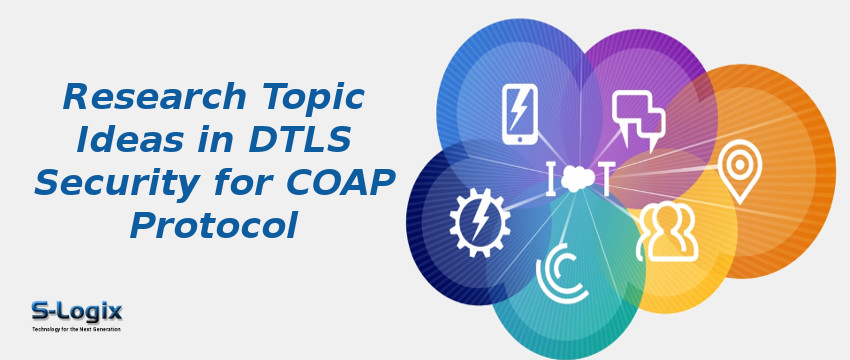The Datagram Transport Layer Security (DTLS) is a type of Transport Layer Security (TLS) protocol that has the ability to provide secure communication in datagram-based applications. It secures the datagram from message forgery and eavesdropping. The DTLS is often employed with CoAP to enable secure communication. The CoAP with DTLS assures authentication, secure key exchange, and protection of communication between legal IoT devices. Albeit, the nature of resource-limited IoT devices limits the performance of CoAP with DTLS protocol under various application scenarios. The reason is that the DTLS is not specially designed for CoAP application environments.
Hence, several challenges in connecting the DTLS security features with CoAP over resource-restricted IoT devices. In CoAP with DTLS, the IoT device has to select any one of three security modes that are PreSharedKey, RawPublicKey, and Certificate mode. The RawPublicKey mode exploits an asymmetric-key pair without a certificate, and it is mandatory while integrating the DTLS over CoAP. However, several challenges arise while implementing an asymmetric-key-based secure mode in the resource-constrained device since the DTLS/CoAP has to exchange six-flight handshake messages between devices.
